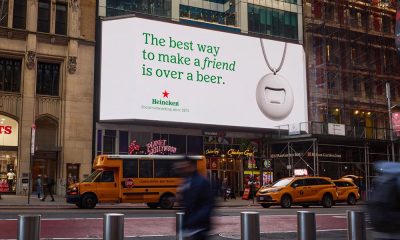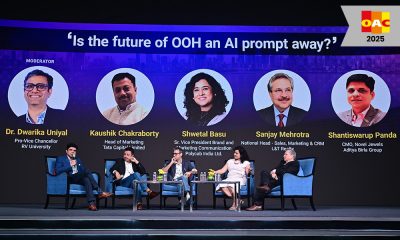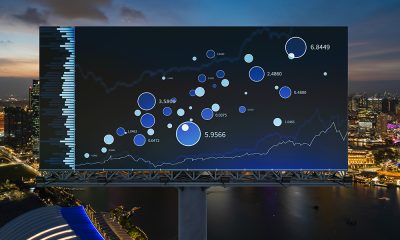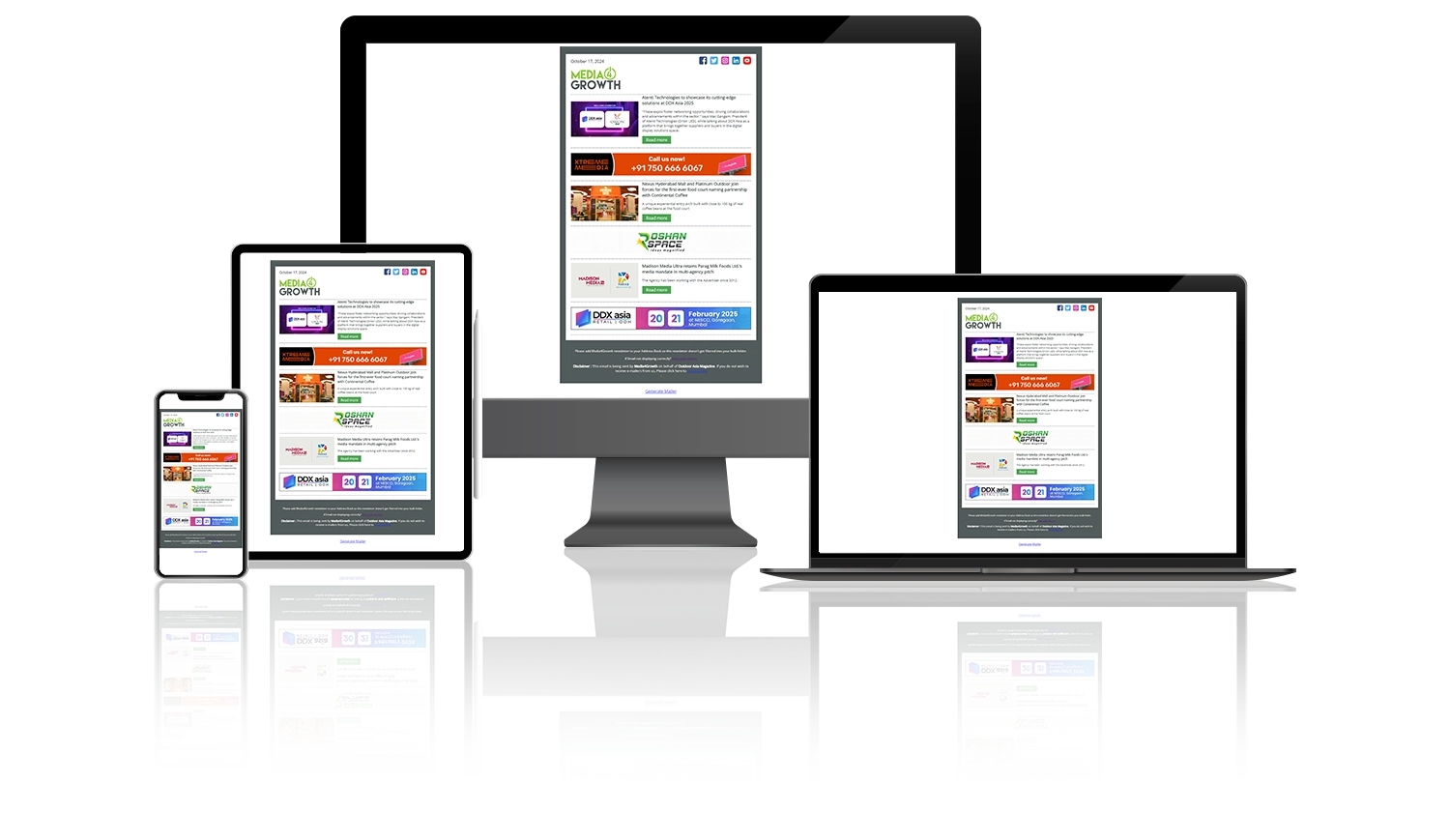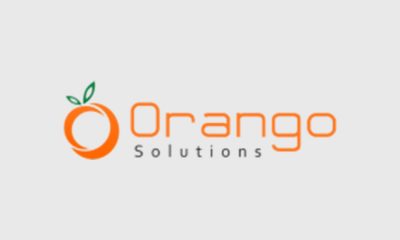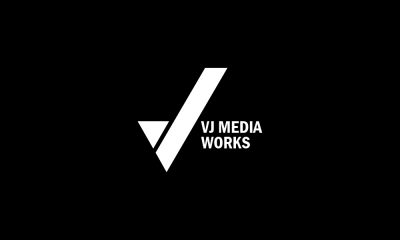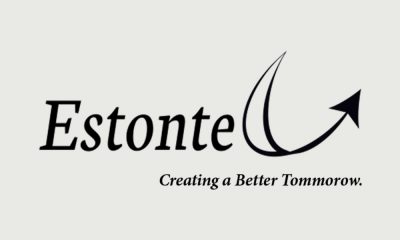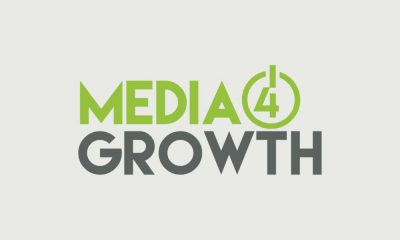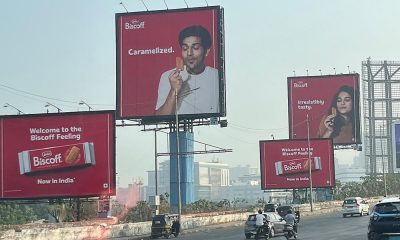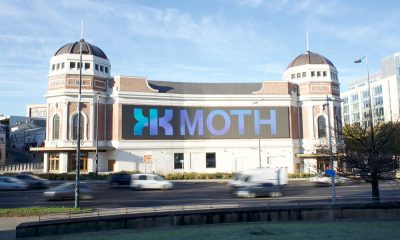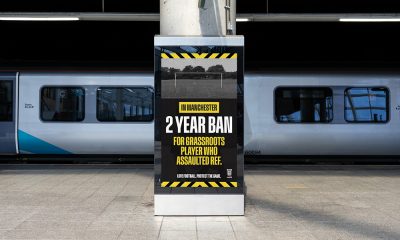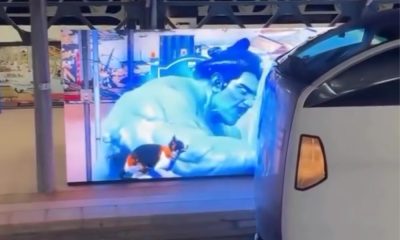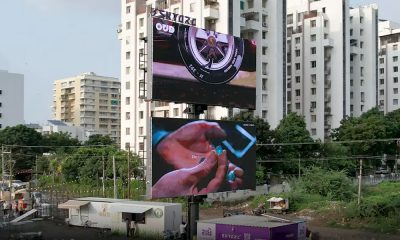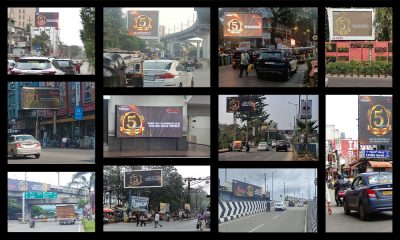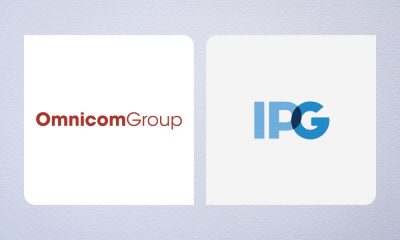OOH Adtech
AI to revolutionize OOH advertising: A new era of measurability and performance
Jithu Prasad, Founder and CEO of Advertalyst suggests that AI can help unlock more budgets for OOH, giving advertisers the much-needed confidence with data-backed analysis for spending more on OOH campaigns.
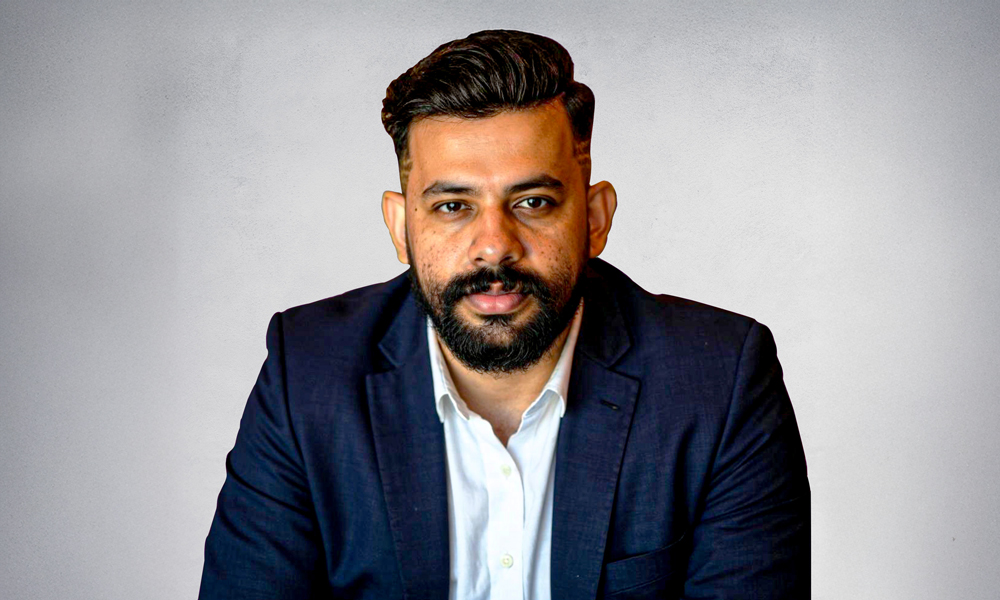
Artificial intelligence (AI) is set to revolutionize the Out-of-Home (OOH) advertising industry, transforming it into a more measurable and performance-driven medium. This shift is expected to unlock larger budgets for OOH, providing advertisers with data-backed confidence for their campaigns. Jithu Prasad, Founder and CEO of Advertalyst, highlights how the right AI tools can deliver measurable results for OOH campaigns.
OOH has historically been an effective advertising medium and continues to flourish in a digitally saturated world, as the human brain prioritizes real-life visuals over digital ones. However, despite its growth in market size, OOH’s share of the total marketing budget is declining, with digital marketing taking a significant portion. This is primarily due to digital marketing’s inherent measurability, trackability, and attribution capabilities. AI is poised to bridge this gap, enabling OOH to compete effectively.
AI’s Impact on OOH Campaigns
AI can make a significant impact on OOH marketing, particularly in the following areas:
- Planning: AI can address critical questions marketers face when planning OOH campaigns: where, when, and for how long to advertise. These answers are brand, product, and season-specific, and AI can provide data-driven, customized outputs. Currently, brands often focus on maximizing eyeballs rather than targeting specific audiences. AI can help by factoring in detailed data about locations, billboards, and surrounding demographics—a task nearly impossible for humans. AI can also reduce the turnaround time for media plans by over 95%, offering more customized plans specific to products and brands.
- Measuring: Advancements in AI and machine learning now allow for the measurement of true engagement metrics for OOH advertisements, moving beyond mere estimates. Metrics such as Opportunity-to-See (OTS), hourly footfall, and unique audience reach can now be computed for both digital OOH (DOOH) and traditional OOH media, kiosks, or moving displays, without requiring additional hardware like cameras or motion sensors. Jithu notes that AI can repurpose data from digital ecosystems to understand real-world audience behavior. AI can power granular hourly reports, enabling marketers to analyze target audience density, peak traffic, unique audience, deviation analysis, and sales conversions. It can measure not just how many people saw a billboard, but also who saw it and when.
- Optimization: AI agents can analyze real-time campaign data and recommend adjustments to campaign duration, location, or creative rotation. For instance, if an asset is oversaturated with a small audience, the budget can be shifted to under-exposed zones with higher potential reach. AI can also dynamically adapt media plans if footfall patterns change due to events like construction or festivals. Creative optimization is another application, where AI can suggest creatives tailored to the demographics of the audience near a billboard, influencing character selection, mood, font, and messaging. Advanced optimizations include audience saturation modeling and intent-based clustering, allowing AI to distinguish between audience types like active shoppers or prospect buyers and optimize based on behavioral context.
- Attribution: The contribution of OOH to sales is currently under-reported, relying on statistical models rather than concrete data. AI can bridge the gap between physical and digital activity, providing in-depth analysis of the customer journey where initial discovery might be misattributed to digital channels. AI can enable attribution modeling, measuring when a user who saw a billboard subsequently visits a store or an advertiser’s website. This capability will unlock more budgets for the OOH industry by providing advertisers with much-needed data-backed confidence.
Playbook for AI implementation in OOH
To effectively implement AI in OOH, several key considerations are crucial:
- Prioritize AI tools custom-built for the industry, avoiding generic AI solutions.
- Leverage AI across planning, execution, and post-campaign stages for optimal results.
- Utilize AI during planning to minimize target group overlap between sites and maximize target group density and multiple exposures.
- Employ AI to analyze billboard visibility and understand viewer field of vision, ensuring important messaging is not missed.
- Use AI to understand how many times an individual from the target group has been exposed to a billboard and, once a threshold is reached, initiate digital interaction to maximize leads and other performance KPIs.
- Deploy AI tools during and after campaigns to analyze increases in store visits and website visits, ensuring accurate attribution.
Future of AI in OOH
AI is poised to disrupt every industry, and OOH is no exception. Jithu emphasizes the importance of embracing AI rather than resisting it, as it gives OOH an advantage over digital channels for the first time. He foresees a future where OOH campaigns can be run similarly to Meta campaigns, boosting economies of scale. Ultimately, AI will enable digital and offline advertising to work cohesively, attracting more brands to OOH.
